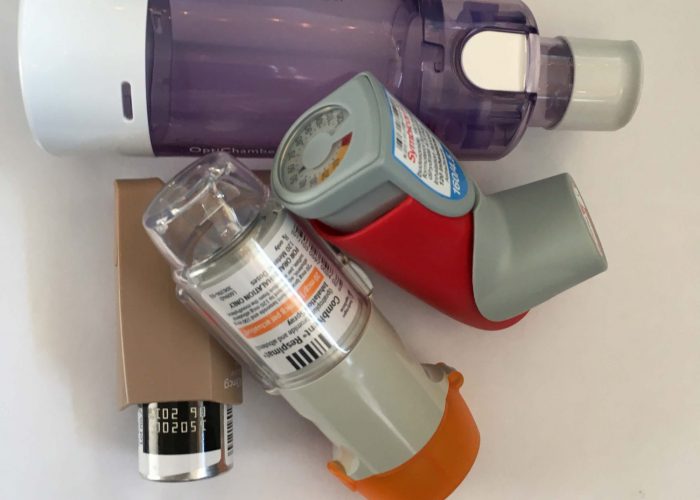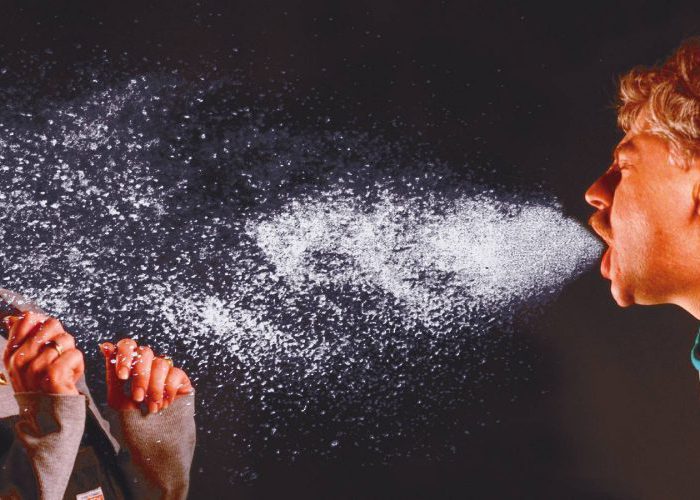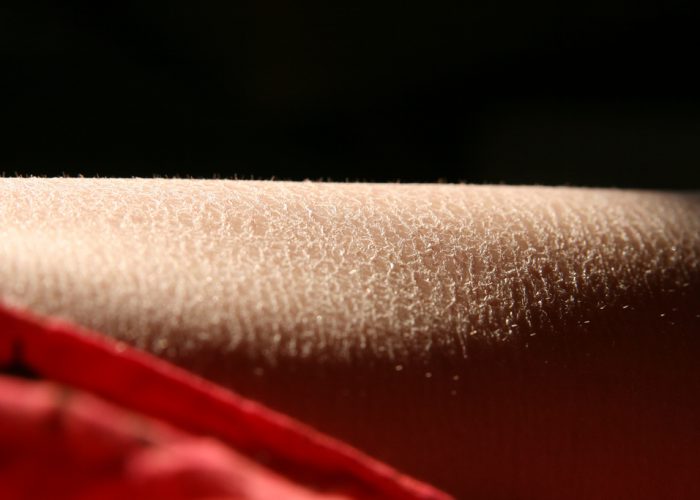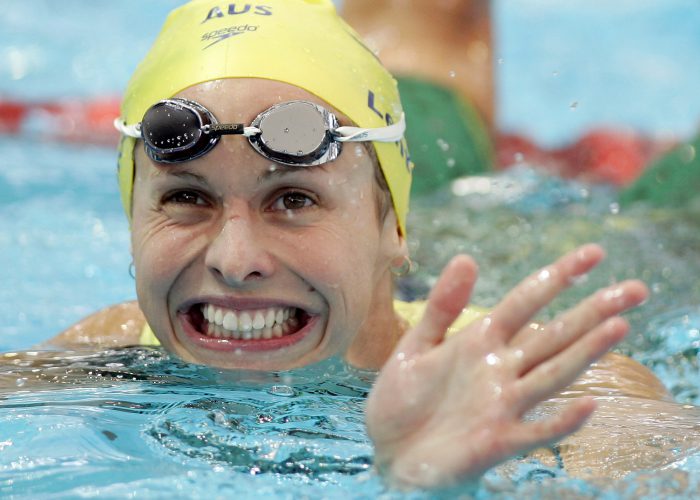THE SILENT ASSASSIN: IS CHLORINE HURTING SWIMMERS MORE THAN IT IS HELPING THEM?
Distinctly recognizable with its pungent, bleach-like odor, chlorine is worn as a swimmer’s perfume whether they like it or not. Yet these chlorinated scents wafting off of swimmers’ bodies is not the only side effect these athletes deal with – the chemical has quite the reputation on the pool deck for other complications.
THE NOTORIOUS “CHLORINE COUGH”

Photo Courtesy: Katie Wingert
Most swimmers have encountered the heinous “chlorine cough.” The deep burning sensation in the back of the throat in conjunction with oxygen deprivation is not only a colossal inconvenience but also a health hazard.
Experts warn that the cause of such wheezing and respiratory discomfort can stem from two issues. One: poor pool ventilation systems, and two: the mixture of chlorine with sweat, urine and even hair, which leads to the formation of chloramines.
One particular study published in the British Journal of Sports Medicine found that swimmers are at a higher risk for bronchial hyperactivity (also known as asthma) when they are exposed to chloramines. In fact, other statistics estimate that one-third of all elite swimmers have full-blown asthma, 80 percent of which began after they took up swimming. Many of you reading this right now can probably think of a handful of swimmers you know with asthma. Therefore, many of you also know that asthma is very treatable, allowing swimmers to participate with minor health repercussions as long as their inhalers are by their side.
If your team is confronted with the dreaded “chlorine cough,” consider shocking the pool or taking strides to be more proactive. Believe it or not, rinsing off with soap before entering the pool, or using the toilet rather than the place in which you train in as a urinal works wonders to prevent any further deterioration of swimmers lung tissues.
THE SNEEZEER, THE WHEZEER, THE ALLERGY OVER ACHIEVER

Photo Courtesy: Wisequack
Some may refer to the swimmer in lane six as annoying or concerning after the sixteenth sneeze erupts from their chlorine irritated nostrils. Yet, it is not exactly a fun filled practice for them either. Although this classification of allergy-prone swimmers may seem rare, they’re not the needle in the haystack some might make them out to be. Indeed, roughly 50 to 65 percent of competitive swimmers are sensitized to common allergens in comparison to 29 to 36 percent of the general population based on findings from Ernest Blatchley, an environmental engineer who specializes in water chemistry. Another study performed by toxicologist Dr. Alfred Bernard confirms that chlorine and the byproducts it releases in the water hover above the air at the pool’s surface. This then causes changes in the airway and promotes the development of allergic sensitivities.
So, next time you or a fellow teammate finds themselves in the never ending loophole of sneeze attacks, have no fear: there are multiple options to relive the achoos. Option A: simply get out of the pool to get away from the chemicals; Option B: try a doctor recommended, over-the-counter allergy medication such as Zyrtec or Allegra. If all else fails, resort to a local allergen specialist to help ease your sufferings and save your teammates from your sneezing antics.
SKIN AS DRY AS THE SAHARA

Photo Courtesy: Flickr
Flaky, scaly skin – these three words accurately depict yet another side effect of the swimmer lifestyle. Not enough Vaseline or soothing Jergen’s body lotion in the world can guarantee a swimmer to have happy, healthy and hydrated skin. The science behind this dilemma is that prolonged exposure to chlorine removes a protective layer created by sebaceous glands. When removed, your protective skin barrier can break down. Luckily, the skin will regenerate the protective sebaceous glands. Unluckily, flaking, itching, stinging, and burning may be a part of the process. At the end of the day though, dry skin may be the least of swimmers’ worries, as they are probably more concerned with anaerobic power sets, paces to hit, and goals to obtain.
“SWIMMER EROSION:” AN ABSOLUTE TOOTHDEMIC

Photo Courtesy: REUTERS/Tim Wimborne
Another faulty and undesirable side effect that has a strong correlation specifically within the sport of swimming is dental health damage. An unstable pH has been linked to causing the breakdown of tooth enamel, resulting in dark staining and yellowing of the teeth. Other symptoms associated with what dentists often refer to as “swimmer erosion” are sensitivity to extremely hot or cold food as well as rigidity and indentation on the surface of the tooth.
Even worse is that if erosion becomes extreme, teeth can chip and crack. The Center for Disease Control (CDC) reports that any pH reading between 7.2 and 7.8 is safe to swim in. Backed by more evidence from Dr. Leila Jahangiri’s study in 2010 is another prime example of enamel erosion victimizing swimmers. Jahangiri examined a swimmer over the course of five months for a 90 minute swim session every, concluding that a pH below seven caused signs and symptoms such as extremely sensitive teeth, dark staining and rapid enamel loss.
With swimmers constantly traveling from facility to facility – whether it be for meets across cities, states, or even country borders – constant exposure to pools increases the chances of them developing some sort of dental hygiene aggravation.
Chlorine alone is not the sole culprit of this toothdemic, however. The issue lies more within improper pool chlorination. In 2003, the CDC found that 54 percent of all swimming facilities tested were in violation of health codes including the following: faulty water disinfection practices, filtration system irregularity, and last but not least, improper chlorination. Hence, maybe it’s time we all start carrying around pH testing strips among our caps and goggles if that’s the price we must pay for healthy teeth.
THE REVIEWS ARE IN
Granted that the above obstacles swimmers face due to an absurd amount of chlorine exposure does put them at risk for health conditions, the reality is that the sport has many other health benefits that some may argue outweigh the cons. The question at large still remains: is chlorine a precursor for more health dilemmas as the sport evolves and the biology of the swimmer evolves?


















